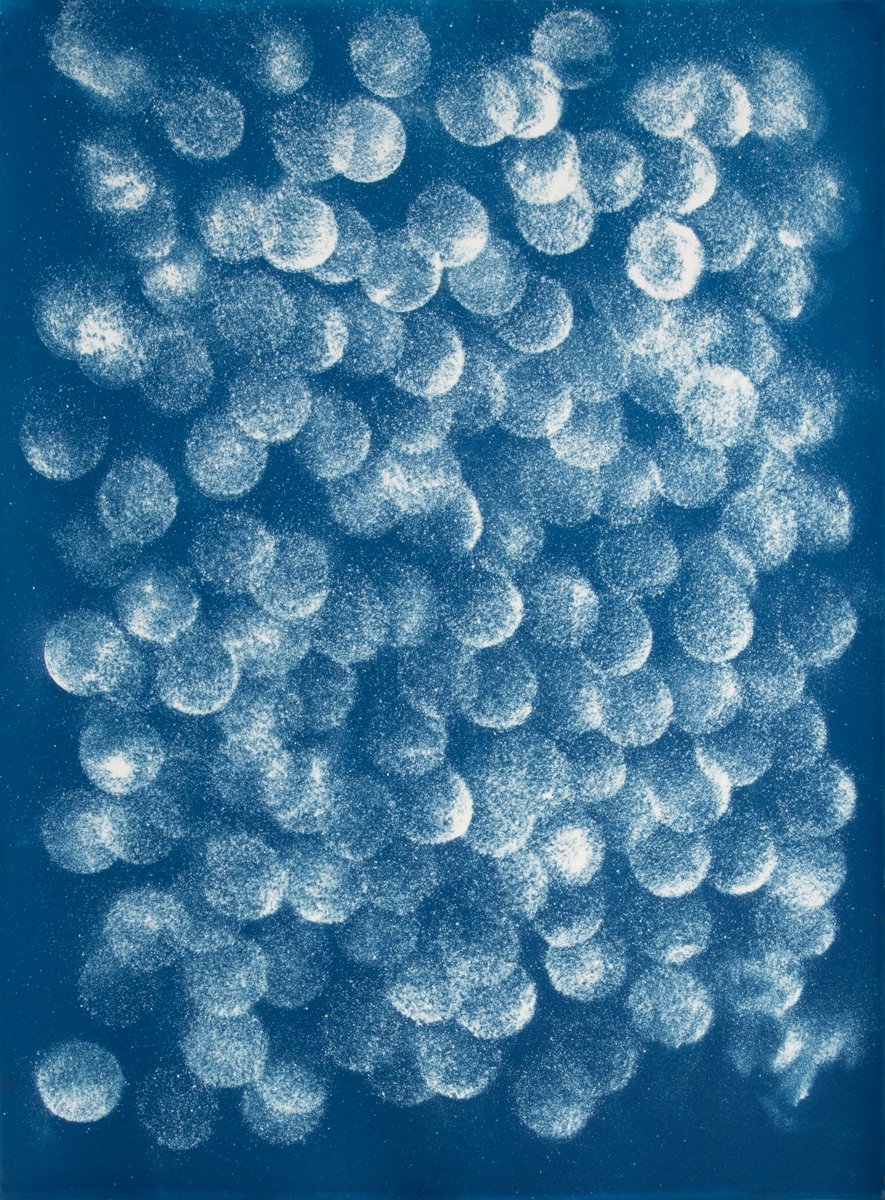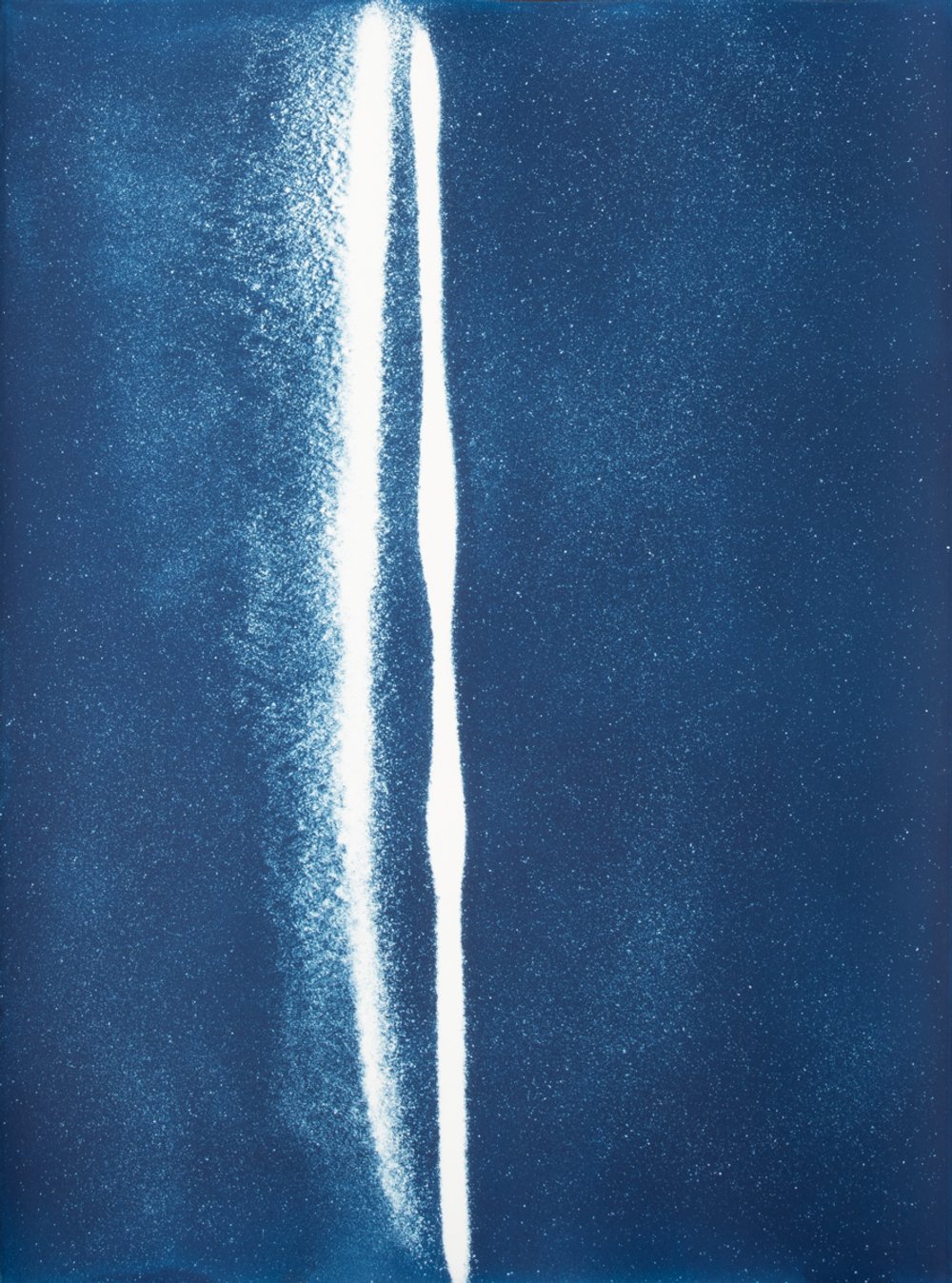Touching In
Cross-culturally we define awe as the feeling of being in the presence of something vast that transcends our current understanding of the world.* This can be large or small. Universal or personal. This vastness can be physical, temporal, creating a revelation, but it can also be challenging, unsettling, as well as destabilizing. Many cultures find awe in various ways and there are seven that have been universally identified: moral beauty, nature, music, art, collective effervescence, spirituality, life, death and epiphany. These are ways in which we are all connected, beyond politics, borders and those things which separate us. Granted our experiences are quite unique, however we all know that feeling when it arrives.
Awe is everywhere. In the magic of the first biscuit you baked with your grandmother. In the sheets that swaddled your son as a newborn. In the awful-ness of war. In the smallness of “I” in the presence of nature. In the collective struggle amidst a life-altering pandemic. In the euphoric feeling a piece of music inspires. The kindness of someone you’ve never met. In the transition a loved one makes as they pass on from this life. In the earth below your feet as you fall in love with a kiss. In transcendence, when touched by a deeper understanding of what it means to be alive.
Touching in, is a series of unique hand painted blue prints derived from the cyanotype process invented in 1842 by astronomer, scientist and wonder-er, Sir John Herschel. A process conceived by the desire to document, preserve and share. These paper works are my archive of awe. Representations of experiences and emotions, those events that we cannot affix with words.
The objects within these images can be found inside and outside many homes all over the world: fabric, paper, metal, dirt, and circular forms. They are profane. They are functional. Fundamental. They are also sacred. Physical reminders of the wonders and experiences of awe. A reminder that touching in is what connects us all.
*Dacher Keltner





















